“Because our covers are woven, they provide growers with additional benefits. From higher durability to better light diffusion, different growers are looking for different aspects. We listen to what the market needs and develop new solutions,” says Mr. Itzhak Shopen, GM of PIC Plast. The Israeli company provides a variety of covers for the agricultural and horticultural markets. “From fruit cultivation to cannabis growers, we can provide them with an optimal solution for their needs.” 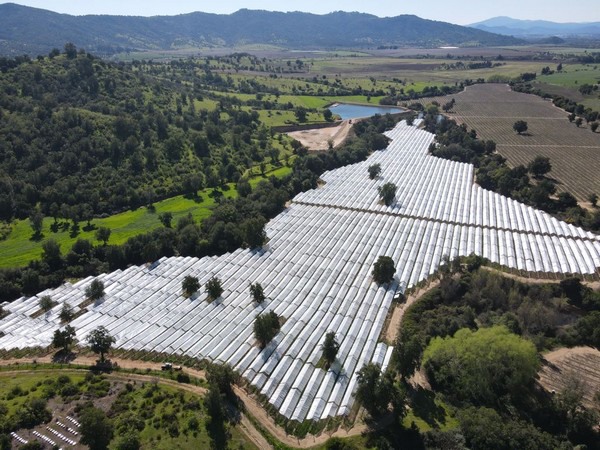
Extra durability and protection
When it comes to the demand for covers, he explains that there are several important aspects for growers that PIC Plast takes into consideration. “Our covers are unique because of the fact that they are woven, which makes them stronger. Even if you would make a cut in it, you will not be able to tear it.” While this may come with a slightly higher price tag than other options on the market, this may be well worth it in the long run. “Whereas regular covers need to be replaced every two to three years, ours can be used twice as long. This is beneficial for the US market especially, where safety guidelines are strict and it is expensive to replace covers.” While less frequent replacements can be greatly beneficial for companies, some markets are more interested in the extra protection the durable covers provide. “We see this in Africa, for example, where there is a lot of interest for covers that need to be stronger to withstand the bad weather. You want your covers to survive a hail storm without any damage.”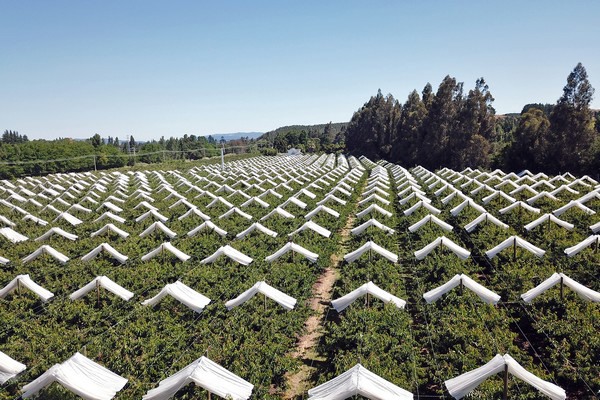
Protected from rain, exposed to the sun
PIC Plast explains that their most popular crop protection cover has an easy-to-use clip system. “All four sides of the cover have holes that can connect with clips. That way you can cover your production from the rain and frost. When you get to the dry season, you easily open it up for your plants to get some sunshine. Such a cover is also a good way for farmers to have their production be as early as possible. In a competitive market, it is highly beneficial for a grower to have an early production to beat the low prices.”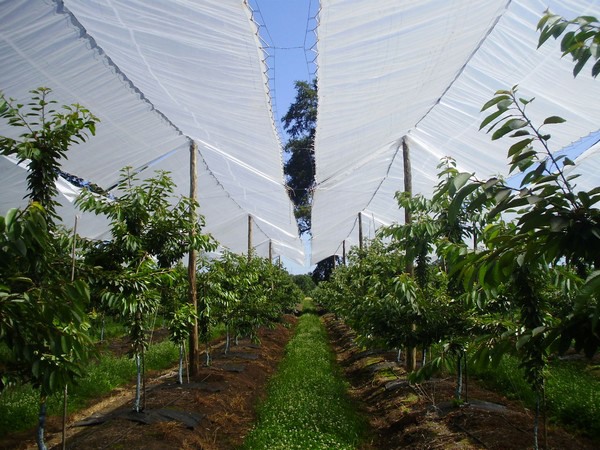
Light diffusion
According to the PIC Plast team, it was discovered in Kenya about ten years ago that the woven covers are beneficial for flower cultivation. “Because the woven material doesn’t have the same structure, the squares are affecting the diffusion of light. The light reaches more places, and thus covers more areas of the plant than regular polyethylene covers.” The PIC Plast covers also have additives available to control the UV radiation. “Growers can choose themselves whether they want to reduce or increase UV levels, depending on what is being grown.” And in order to accommodate every grower possible, they have a special machine that can weld up to five covers together. “These jumbo rolls, which can be 400 meters long and 15 meters wide, are especially for the growers with wider greenhouses. Overall, it is important for us to listen to what growers need, and adapt our products accordingly.”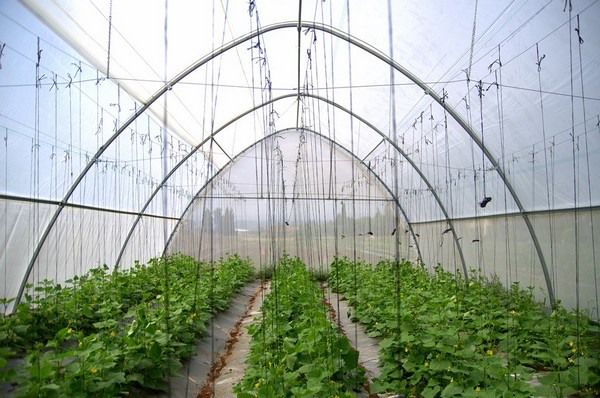
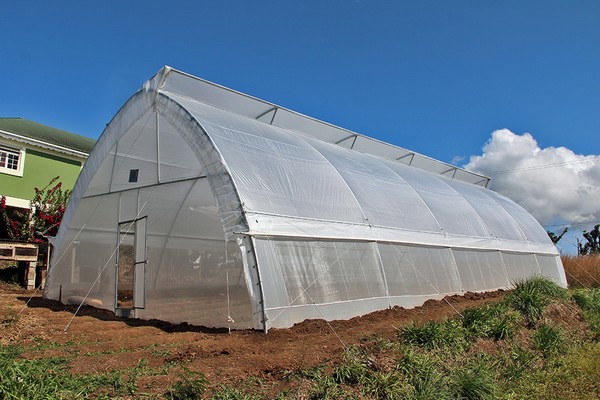
Sustainability
PIC Plast also notices a larger demand from the market for more sustainable options. “It’s becoming more and more of a serious topic and we are getting more questions about it from our clients. As mentioned before, our covers can be used twice as long than regular covers, making it a much more sustainable option. Additionally, they are 100% recyclable for the end user. Some growers are actually very creative and reuse the covers. For example, some blueberry growers did not get rid of the old covers, but used them on the pathways to avoid the fruit getting affected by the dust.”
For more information:
PIC Plast
www.pic-plast.com
